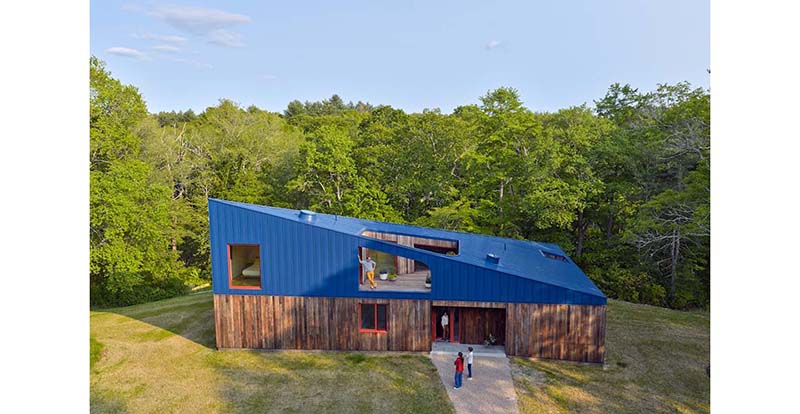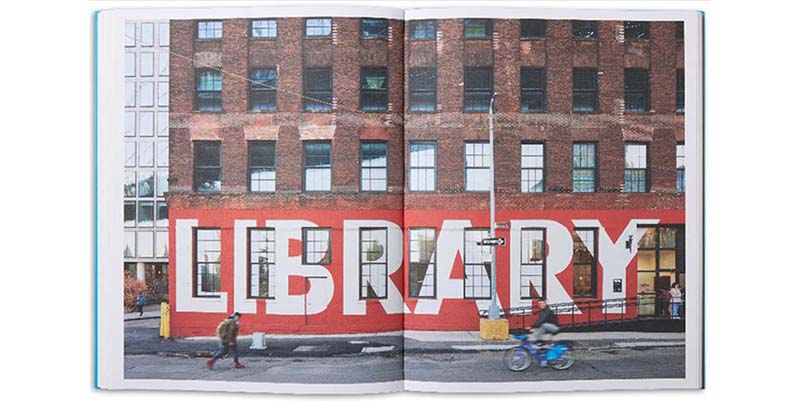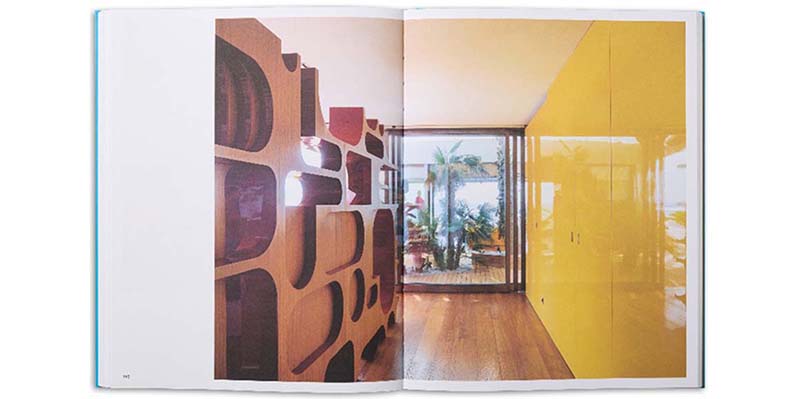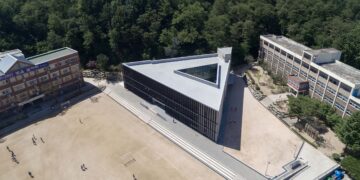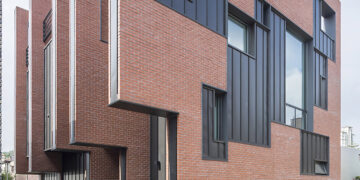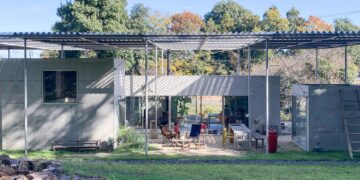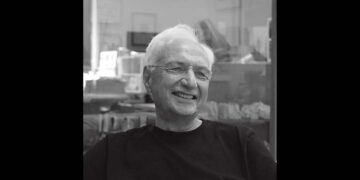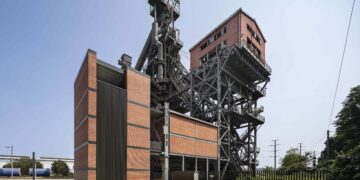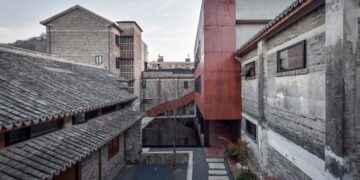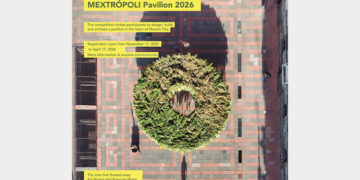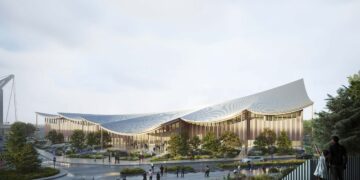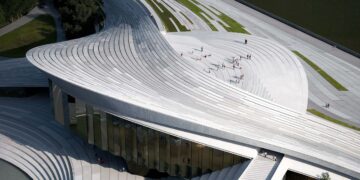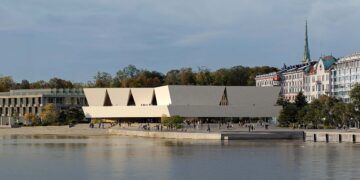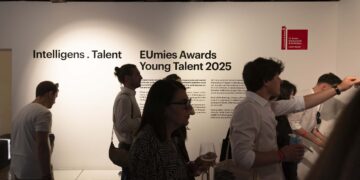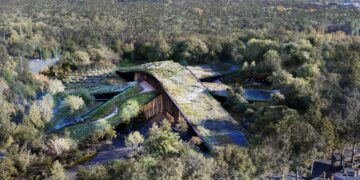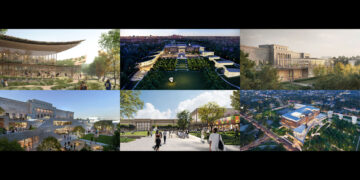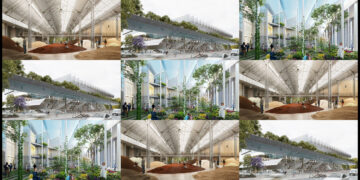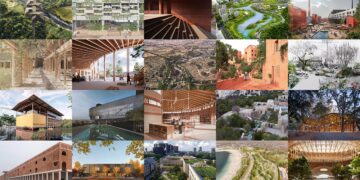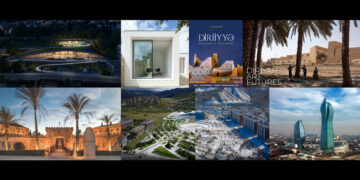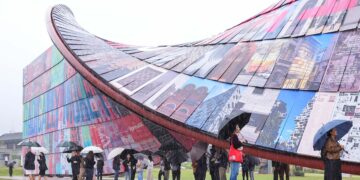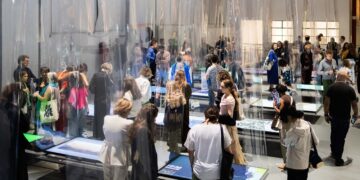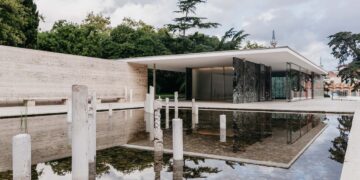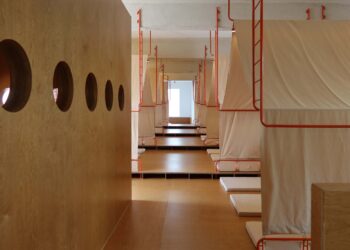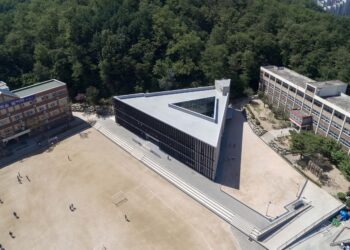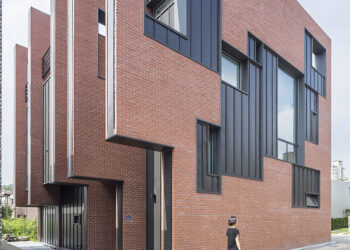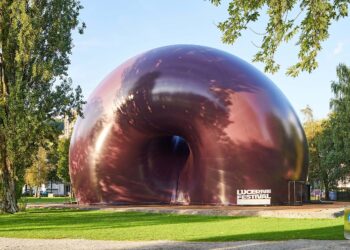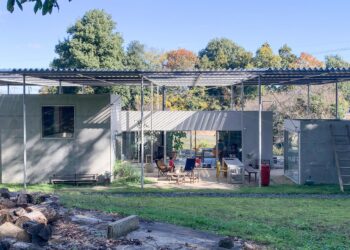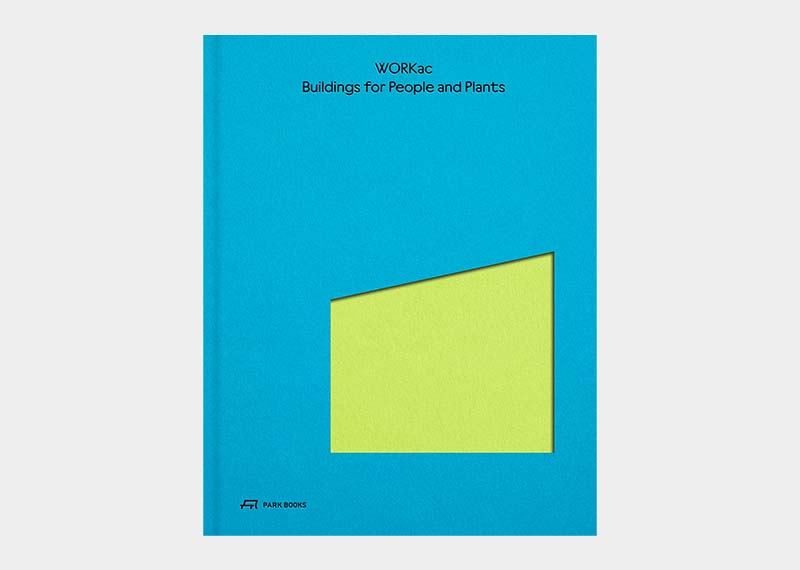
WORK Architecture Company (WORKac), based in New York, was founded in 2002 by Amale Andraos and Dan Wood. The firm‘s work spans a broad range of scales, from residential and commercial interiors to private homes, housing complexes, institutional buildings, and urban planning. Its name reflects its architectural philosophy: to rigorously analyze and continually test architectural ideas in order to transform them into concrete solutions.
Building on We‘ll Get There When We Cross That Bridge (2017), their new book Buildings for People and Plants explores how ten projects completed by WORKac since that publication respond to evolving design challenges and social contexts. In the preface, Andraos and Wood write that they see architecture not as an isolated object but as a medium for reexamining and reinventing relationships—between citizens and cities, individuals and communities, interiors and exteriors, humans and plants. The design processes behind their ten recent projects question whether each project can embody a sense of community and civic potential, what it can give back to the city and the environment, and how it can create spaces that are more inclusive and meaningful. They reveal an approach aimed at ensuring that the completed works achieve a value greater than the sum of their parts.
Among them, Riverhouse in Hopkinton, Rhode Island, reflects post-pandemic shifts toward rural living; North Boulder Library in Colorado responds to its neighborhood context to provide an open and welcoming civic space; and Mission Rock Building B in San Francisco reimagines the workplace as a dynamic environment that draws nature indoors and blurs the boundary between inside and out.
WORKac‘s creative approach to public, cultural, and institutional architecture—and to contemporary life itself—begins with a deep understanding of each site’s cultural, historical, and climatic context. The resulting projects interweave space, material, function, and social relationships to generate meaning beyond mere construction. Through its architectural insight and practice, WORKac demonstrates that architecture gains significance through its engagement with place, people, time, and context.
